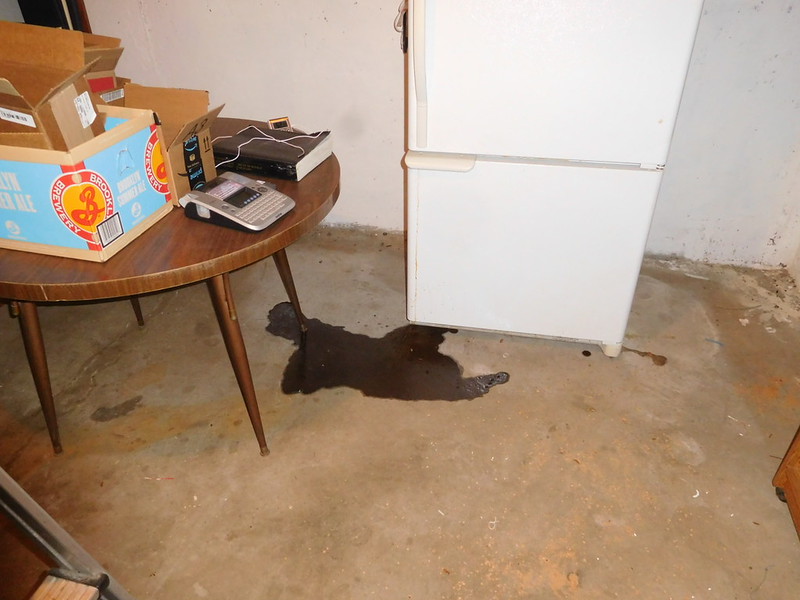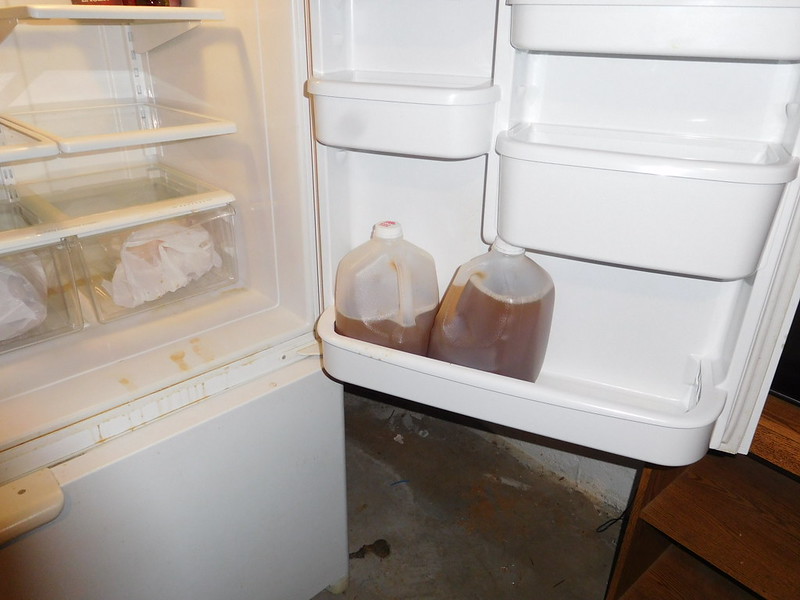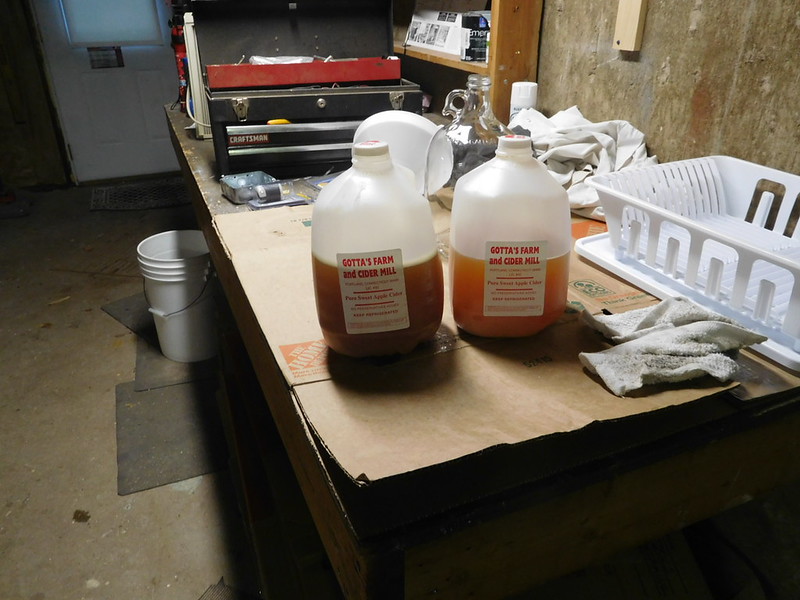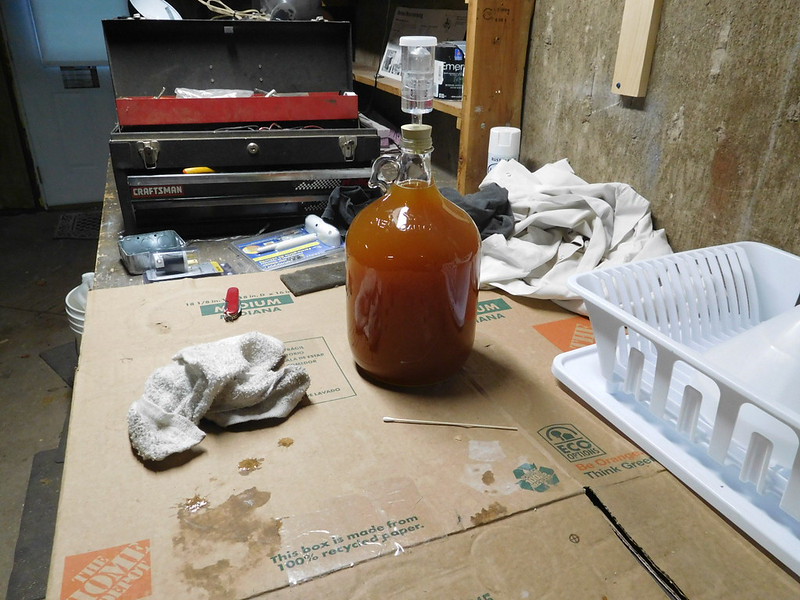jeanzanita
Member
- Joined
- Oct 18, 2016
- Messages
- 22
- Reaction score
- 2
 Hi,
Hi,just wondering if anyone else out there does any wild fermentations (not just apple, anything) and I'm interested in your experience with it!
Just tried my first on Manzanita Cider. For anyone that doesn't know what Manzanita is, it's a shrub/tree that grows prolifically out in the Southwest and Northern California in the mountains - there are many varieties but they all have a small hard berry...looks & tastes like a tiny, bitter apple. In fact, Manzanita means "little apple" in Spanish (pic attached).
Anyway, this year I decided to cultivate some wild yeast from the berries and "grew" the yeast by placing the berries in a jar of sweetened manzanita juice (naturally the juice has very little to no sugar). I used this to innoculate a whole gallon of sweetened manzanita juice (the S.G. was only 1.04; less sweet than normal - this is because higher alcohol can kill off wild yeasts) & added a Campden tablet at half the normally recommended amount. This was to inhibit bacteria & Kloeckra yeast which can give a bad taste, according to the advice given in Andrew Lea's Craft Cider Making book. I also added yeast nutrient to give it a boost.
I found that the wild yeast in this case took quite a bit longer to ferment all the way than commercial yeast. I resisted tasting for at least 3 weeks; as I understand this is the recommended period to wait to taste in case you have something toxic growing in there...time for it to be killed off.
From what I understand, you never know what you're going to get - but I got really lucky. Took my Manzanita cider to a whole new level! I'm only sad that I didn't save some of the yeast so I could re-innoculate another gallon. Next year I'll probably go for much more volume.
No lie, hands-down, even before aging, this is the tastiest cider I've made so far!
Tell me about your experience!






